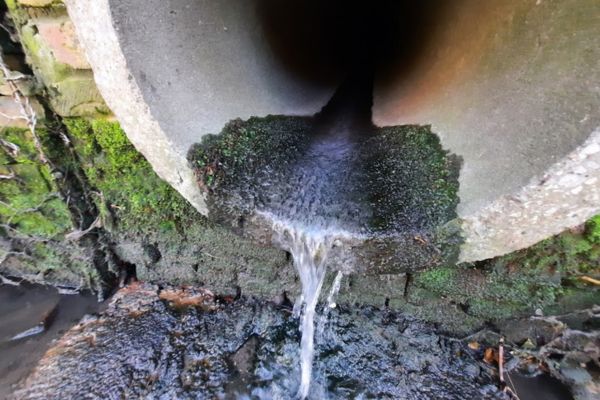The UK sewage crisis and how other countries manage their wastewater

Our rivers and freshwater ecosystems are in a dire state. Recent data published by the Environment Agency stated that 3.6 million hours of sewage spills were recorded in 2023, more than double the 1.7 million hours reported in 2022. Sewage, alongside agriculture and rural land management, is one of the main factors contributing to the poor ecological health status of our waterways.
Most of the UK has a combined sewerage system dating from the 19th century. This system carries rain and wastewater in the same pipes to sewage treatment plants. However, these become overwhelmed during heavy rainfall. To avoid the inundation of treatment plants, homes, and roads, water companies are allowed to discharge wastewater into our rivers and sea, which is known as combined sewer overflows. These should be used occasionally as last resources, not routinely nor in dry weather.
Water companies need to invest in their infrastructure, fix faulty and leaky pipes and modernise their systems to cope with a growing population and increasing extreme weather events due to climate change. The great news is that Tideway’s Super Sewer in London promises to cut back raw sewage spills in the River Thames and will soon become fully operational in 2025. However, much more needs to be done on a national scale to manage the current sewage crisis.
If we look elsewhere, there are many countries where we could get some inspiration from. Singapore, Switzerland, and the USA are great examples of how effective and efficient sewage management is possible and achievable.
Switzerland has come a long way since the 1950s, when raw sewage was dumped directly into their waterways. This began to change in 1967 with a change in Swiss laws about wastewater treatment but it wasn’t until 2005 that infrastructure was built to connect 97% of the population to a central sewage treatment plant. The Zurich sewer system is also a combined one, like in most of the UK. However, the Swiss version is equipped with large underground reservoirs that temporarily store excess water in the event of heavy rainfall, making sewage spills in waterways a rare occurrence. Switzerland is also home to one of the most advanced wastewater facilities in Europe, ARA Bern. The plant produces biogas from sewage sludge and feeds it into a natural gas network, which is then used by public transport buses in the capital.
From Europe to Asia, Singapore has one of the largest and most advanced treatment plants in the world, the Changi Water Reclamation Plant. With a capacity to treat 900 million litres of wastewater daily, it operates mainly underground through an expansive infrastructure network. Part of the water is returned to the environment after treatment, while some is transferred to NEWater facilities, Singapore’s own brand of reclaimed water. These use a combination of technologies to treat the water such as screens, moving scrappers, membranes, and bioreactors, contributing to 30% of the total water demand in the country. Singapore also has some of the strictest water quality standards globally.
Home to some of the largest wastewater treatment plants in the world, the USA can also provide examples of efficiency and innovation. The Blue Plains Advanced Wastewater Treatment Plant in Washington treats an average of nearly one billion litres per day and has a temporary storage capacity of a few more billion litres at peak. Despite the plant dating from 1937, recent improvement works of deep tunnels and other infrastructure aim to reduce sewer overflows by 98%. The plant also extracts and reuses bio-solids and energy during treatment. These are then marketed to agriculture and garden supply companies, while the power produced cuts the plant’s energy bill by a third.
There’s no one-size-fits-all solution to the current pollution crisis our rivers face. Infrastructure improvements, innovative technology, and grey infrastructure can be implemented alongside nature-based solutions such as wetlands, which improve water quality by removing pollutants from the water, help prevent flooding and increase biodiversity. We need the government, policymakers, enforcement agencies, environmentalists, businesses, and customers to cooperate to protect our health and nature. Water is a vital resource that can’t be taken for granted any longer.
